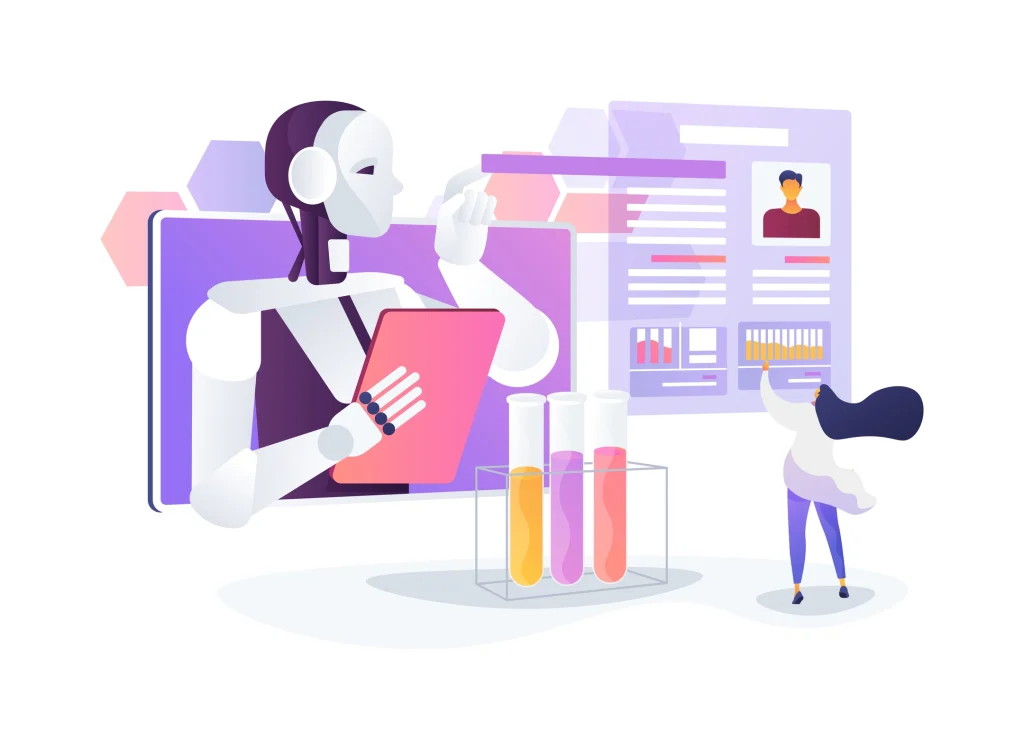If you’ve ever opened a medical report for a loved one, you’ll know the feeling. Pages of numbers. Acronyms that only a specialist would understand.
Table of Content
Guardians face challenges in interpreting medical data
If you’ve ever opened a medical report for a loved one, you’ll know the feeling. Pages of numbers. Acronyms that only a specialist would understand. A casual note from the lab that reads like a riddle.
Now picture a grandmother trying to understand her grandson’s allergy test. Or a father flipping through his wife’s post-surgery blood work. Most guardians aren’t trained doctors. They just want to know: is this good, is this bad, and what should I do about it?
And here’s the uncomfortable truth. Many don’t get a straight answer unless they can sit with the doctor, which isn’t always possible. Reports land in email inboxes at odd hours, or get handed over at hospital counters. Guardians are left with questions and a rising sense of anxiety.
That’s the starting point. The challenge isn’t that guardians don’t care, it’s that the information is locked in a language they don’t speak.
AI creates digestible summaries with alerts and suggestions
Here’s where technology is quietly changing the game. Instead of leaving people to decode medical jargon, AI can read a report line by line and turn it into something closer to plain English.
Imagine this: the blood sugar range is flagged. Instead of saying “HbA1c elevated at 7.2%,” the app might explain, “Sugar levels are higher than normal. A doctor may suggest diet adjustments or a recheck in three months.” That is the difference between panic and perspective.
It’s not about dumbing things down. It’s about clarity. Guardians don’t need the full lab explanation; they need a digestible version with possible next steps. An AI medical report summarizer does just that, highlights what’s within range, what’s not, and where you may need professional advice.
Think of it like having a guide who whispers, “This part looks fine, don’t worry. But here’s a number worth checking again.”
Real-time sharing improves safety and proactive care
Now let’s add another layer. Reports often don’t stay with one person. A grandmother’s health update may need to be shared with her son working abroad. Or a child’s test results might need to be quickly shown to a school nurse.
If you’ve ever tried to screenshot pages of a PDF report on WhatsApp, you’ll know how messy that gets. Pages lost, numbers missed.
With a simplified medical reports app, guardians can share a clean, concise summary with whoever needs it. Instantly. That could mean a family member overseas sees the same information in real time. Or a local doctor gets the key numbers without scrolling through thirty pages.
Safety improves because the right people see the right details, without delay. Proactive care becomes possible because you’re not waiting until the next clinic visit to notice something was off.
Peace of mind through clarity and actionable insights
Here’s the part guardians talk about most, peace of mind. When you can look at a report and actually understand what it says, the fear drops.
Instead of lying awake wondering what “slightly elevated creatinine” means, you have an explanation in simple words. Instead of forgetting to ask the doctor ten different questions, you walk in with two clear, focused concerns.
That peace isn’t just emotional. It makes the whole care process smoother. Doctors can focus on treatment, not translation. Families make better decisions because they aren’t guessing. Guardians feel confident and confidence changes everything.
Some solutions, like TinyBit, are already nudging in this direction, showing how summaries and actionable steps can ease the load. But whether it’s TinyBit or another platform, the real value is the same: clarity that supports action.
Where TinyBit makes the difference
TinyBit keeps things straightforward. The app takes a confusing report and turns it into plain language, then suggests the next practical step a guardian can take. Nothing flashy, just simple explanations and gentle prompts like “book a follow-up,” “keep an eye on diet,” or “this result is within normal range.” For families already juggling enough, that simplicity is often the real game-changer.
A quick case in point
Take David, a father of two in Boston. His elderly mother has diabetes, and her reports used to leave him baffled. Was the number serious? Should he rush to the clinic? Every time, he’d have to call his cousin who works in healthcare just to translate.
Now, with a simplified summary, he knows instantly when the result is stable and when it needs a check-in. He shares updates with his sister abroad without fumbling through scanned pages. What changed? Not the medical reality, but the interpretation. That’s the gap these tools close.
Wrapping it up
Medical reports aren’t going away. They’ll always have numbers, charts, and medical terminology. But for guardians, the key question is: how do I make sense of this in real life?
That’s where an AI medical report summarizer or a simplified medical reports app steps in. It doesn’t replace doctors. It doesn’t diagnose. What it does is translate. Highlight. Guide.
And in that guidance, guardians find what they’ve been missing all along, clarity, action, and peace of mind.
